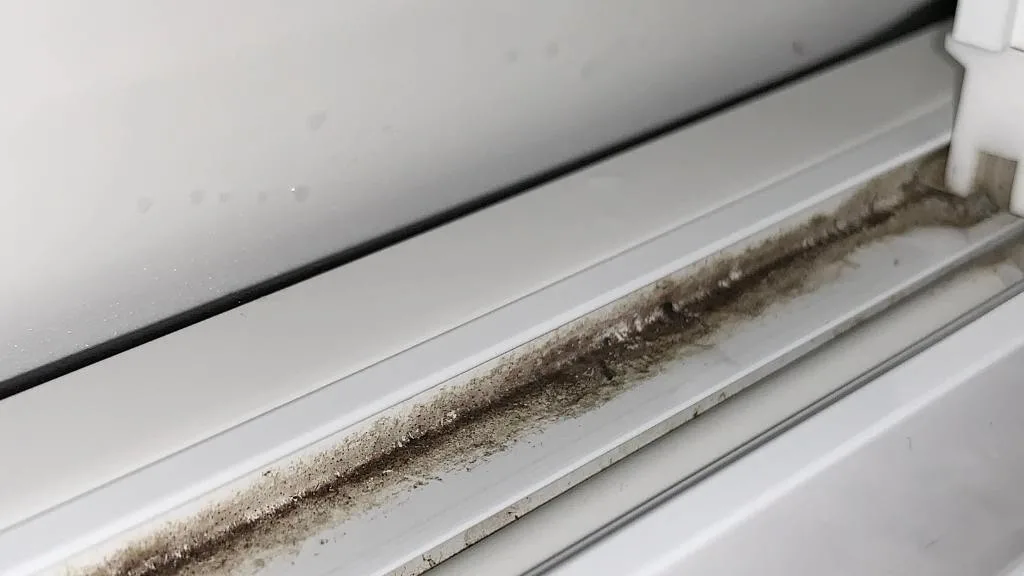
Black mold on windowsills is not only unsightly but can also pose a serious health risk if left untreated. This pesky fungus thrives in moist environments, making windowsills a prime breeding ground for its growth.
If you’re a homeowner or a renter, you may be wondering how to tackle this issue and prevent it from coming back. In this article, we’ll provide you with expert tips on how to kill black mold on windowsills safely and effectively.
We’ll cover the tools and materials you’ll need, the steps to take, and the preventive measures you can implement to keep your windowsills mold-free. So, let’s get started and say goodbye to black mold on windowsills for good!
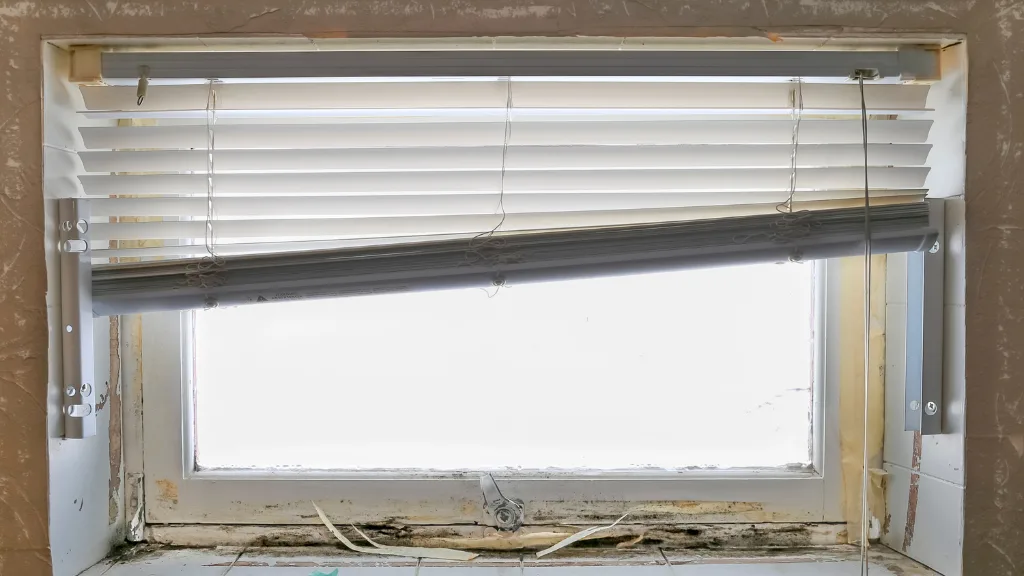
Causes of Mold on Windowsills
There are a few primary reasons for mold growth on windowsills, which include condensation and humidity, leaks and moisture, and porous surfaces and dust. In this section, we will explore these factors in detail and help you understand why mold forms on windowsills.
Condensation and Humidity
Condensation occurs when warm moist air comes into contact with a colder surface, like a window. If your home has consistently high humidity levels, it creates conditions that can promote mold growth.
To manage humidity in your home, you can:
- Utilize a dehumidifier to remove excess moisture from the air.
- Ensure proper ventilation in your home, particularly in areas like the bathroom and kitchen, by using exhaust fans.
- Open windows and doors to allow air circulation when weather permits.
Leaks and Moisture
One of the main contributors to mold growth on windowsills is the presence of excess moisture. Leaks around your windows can be caused by a variety of factors, such as cracked or damaged window frames, or faulty heating and ventilation systems.
To identify and fix leaks, you can:
- Regularly inspect your window frames for signs of damage or cracking.
- Address any issues with your heating or ventilation system to ensure proper airflow.
- Fix any issues with your roof that might be causing leaks.
Porous Surfaces and Dust
Mold spores can be found almost everywhere and can easily attach themselves to porous surfaces, such as wooden window sills. Dust particles can also accumulate on windowsills and serve as food for mold.
To prevent mold growth on porous surfaces and keep dust at bay, you can:
- Clean your windowsills regularly with a damp microfiber cloth to remove dust and other particles.
- Use a mold-resistant paint or sealant on wooden surfaces to protect them from moisture and mold growth.
- Ensure proper airflow around your windowsills to help keep them dry.
By keeping these factors in mind and taking the necessary steps to control humidity, address leaks and moisture, and maintain clean surfaces, you can help prevent and combat mold growth on your windowsills.
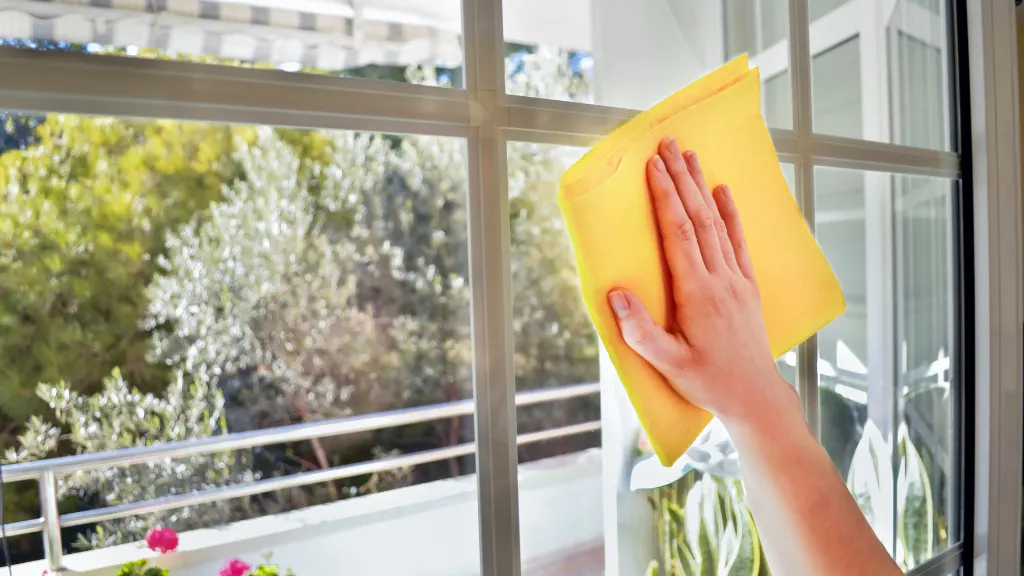
Health Hazards and Concerns
Mold, including black mold, can pose various health hazards for you and your family. Prolonged exposure to mold spores can lead to a range of health issues, such as:
- Asthma: Mold spores can exacerbate pre-existing asthma conditions, and in some cases, even trigger new cases of asthma. Symptoms may include wheezing, coughing, and shortness of breath.
- Allergic reactions: Many individuals are sensitive to mold spores, experiencing allergic reactions upon exposure. These symptoms may involve sneezing, runny nose, red eyes, and skin rashes.
- Respiratory issues: Inhaling mold spores can cause respiratory issues in healthy individuals, as well as those who already suffer from respiratory problems. You may experience difficulty breathing, chest tightness, and other respiratory distress.
To minimize these health risks, it is essential to address mold growth in your home promptly, especially on windowsills where it tends to accumulate. By doing so, you can considerably improve the living conditions of your space and protect your family from potential health hazards related to mold exposure.
Identifying and Inspecting Mold Infestation
When inspecting your home for mold infestation, specifically Stachybotrys chartarum or black mold, focus on areas with high moisture levels, such as window sills. To identify black mold, look for dark green or black spots that may be slimy or have a musty odor.
Here are some steps to help you inspect and identify mold infestations on your windowsills:
- Wear proper protective gear before inspecting for mold. This includes disposable coveralls, a protective face mask, airtight safety goggles, and rubber gloves to minimize exposure to mold spores.
- Start by examining the window sills closely. Look for signs of mold growth, such as discoloration, spots, or an earthy smell.
- Check the top, bottom, and sides of the window, paying attention to cracked caulk or sealant that could be letting excess moisture in. This may indicate potential areas for mold growth.
- Inspect the windows during or after rain as it will help you to identify if there is any moisture leakage which might lead to mold infestation.
- Look out for water stains or condensation, as these too can indicate the presence of mold. It’s essential to address any moisture issues first, as this will help prevent future mold growth.
By following these inspection steps, you can successfully identify mold infestations on your windowsills and take appropriate action to address the issue. Remember, it’s crucial to tackle mold growth as soon as possible to maintain a healthy living environment and prevent further damage.
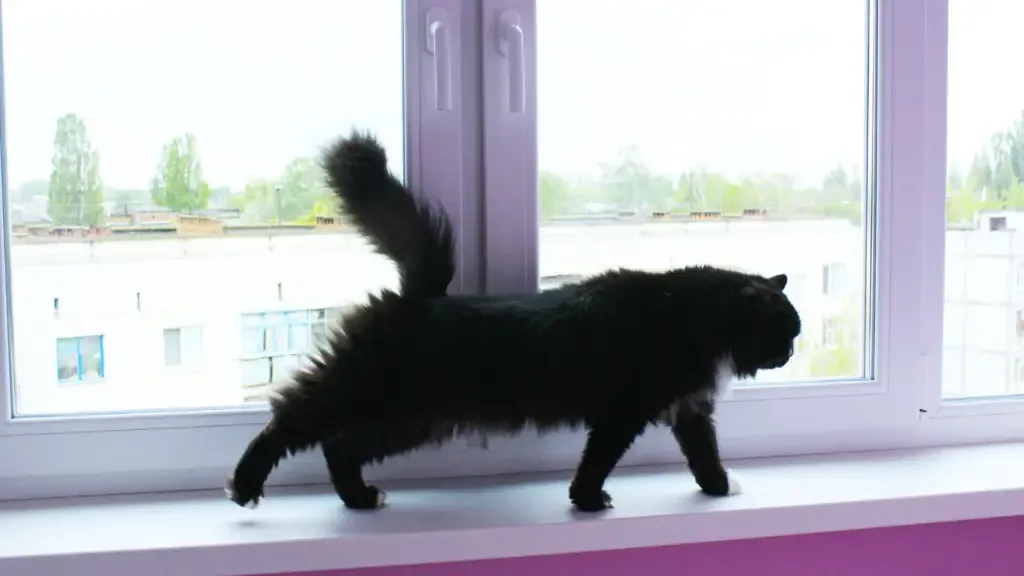
Preventing Mold Growth
Ventilation and Humidity Control
To prevent mold growth on your windowsills, it’s essential to control humidity levels and ensure proper ventilation in your home. Here are some suggestions:
- Always use exhaust fans in bathrooms and kitchens to expel moisture.
- Open windows regularly to allow fresh air to circulate.
- Use a dehumidifier if the humidity levels are consistently above 60%.
- Monitor humidity levels with a hygrometer to maintain optimum indoor conditions.
Regular Cleaning and Maintenance
Keeping your windowsills and the surrounding areas clean is vital for preventing mold growth. Follow these practices:
- Dust and clean windowsills regularly to avoid accumulation of dirt and organic matter.
- Wipe sills with a damp cloth or sponge as necessary to remove grime and buildup.
- Inspect for signs of water damage, leaks, or condensation on or around the windows.
- Address any identified issues promptly to prevent mold growth.
Window Replacement and Insulation
The quality of the windows in your home can significantly impact mold growth. Consider the following:
- Replace old or inefficient windows with insulated, energy-efficient models.
- Inspect and repair window seals and caulking to prevent water intrusion.
- Ensure proper insulation in walls and around windows to minimize condensation.
- Use high-gloss paint on windowsills to help deter mold growth by sealing the surface.
By following these guidelines, you can effectively minimize the risk of mold growth on your windowsills and maintain a healthy living environment.
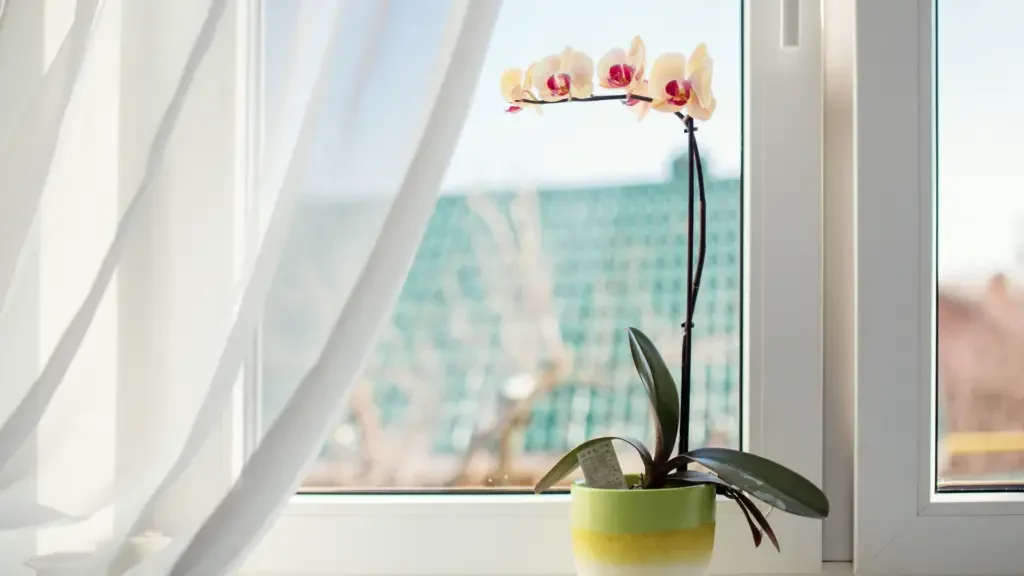
DIY Mold Removal
Safety Precautions
Before starting the mold removal process, make sure you’re prepared to protect your health. Put on long sleeves, gloves, and a mask to prevent inhalation of mold spores.
Also, wear safety goggles to keep mold spores out of your eyes. If the area you’re cleaning is large, consider using a respirator for extra protection.
Cleaning Solutions
Several cleaning solutions can be used to remove black mold from windowsills. You can choose natural remedies or chemical-based mold removers. Some popular natural options include:
- White vinegar: mix one part white vinegar with one part water in a spray bottle
- Baking soda: mix one part baking soda with five parts distilled white vinegar and five parts water in a spray bottle
- Tea tree oil: mix 1 teaspoon of tea tree oil with 1 cup of water in a spray bottle
- Hydrogen peroxide: mix a solution of 3% hydrogen peroxide and water in a 1:1 ratio in a spray bottle
Tools and Techniques
When it comes to removing black mold, having the right tools is crucial. Some tools that will help you with mold removal include:
- Nylon brush: for scrubbing mold from the windowsill
- Microfiber cloth: for wiping the area clean after treatment
Follow these steps to remove mold from your windowsills:
- Spray your chosen cleaning solution onto the moldy area, making sure it’s completely saturated.
- Allow the solution to sit for at least 10 minutes, giving it time to break down the mold.
- Scrub the area using a nylon brush, applying enough pressure to remove the mold without damaging the surface.
- Wipe the area clean with a microfiber cloth, removing any residual mold and cleaning solution.
- Repeat the process if necessary until the mold is completely removed.
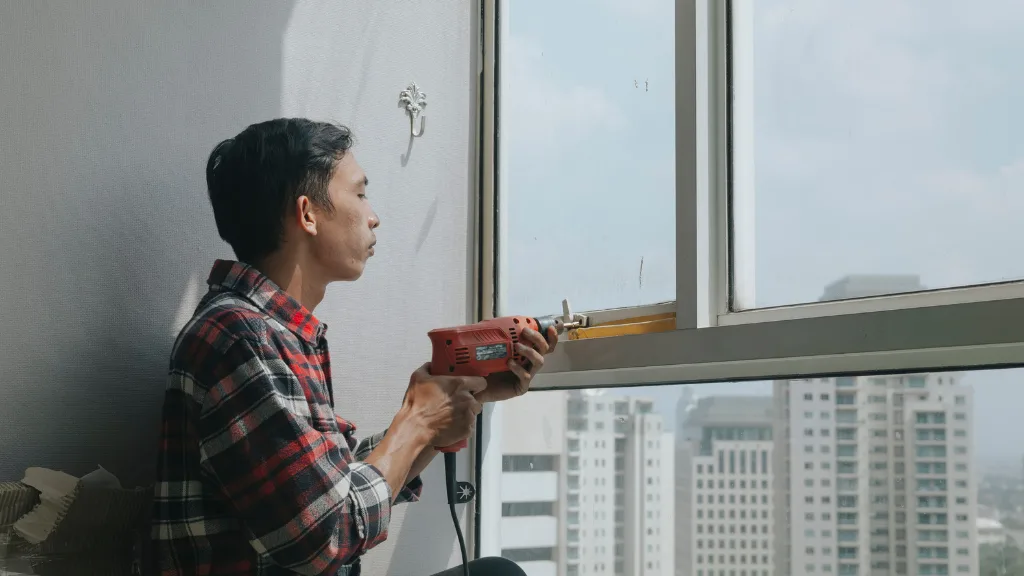
When to Call a Professional
While it’s possible to clean and remove mold on windowsills by yourself, there are certain situations where you should consider calling in a professional mold remediation expert. Understanding when to seek professional help for a mold issue can ensure your safety and promote a healthier living environment.
If you notice the mold on your windowsills is extensive, covering a large area or extending up or down the wall, inside the wall cavity, or on the ceiling, it’s time to call a professional.
These larger mold growths may indicate a more significant problem, such as excess moisture or structural damage, which could lead to serious health concerns if not dealt with promptly.
Additionally, if you’ve tried to clean the mold on your windowsill using DIY methods but it keeps coming back, a professional can identify the underlying cause and develop a comprehensive plan to address the issue.
Persistent mold problems may be due to issues with your home’s ventilation, insulation, or plumbing, which can contribute to excess moisture and mold growth.
Another reason to call a professional is if you or anyone in your household has developed mold-related health concerns. These can include respiratory issues, allergies, or other physical symptoms, particularly for those with asthma, a weakened immune system or sensitivity to mold.
A professional will have the equipment and expertise to remove mold safely and effectively without putting your or your family’s health at risk.
In summary, consider calling in a professional if:
- The mold on windowsills is extensive or recurring
- There’s an underlying issue, such as excess moisture or structural damage
- Mold-related health concerns arise in your household
By seeking professional help when appropriate, you can ensure the mold issue is addressed efficiently and effectively, promoting a healthier home environment.
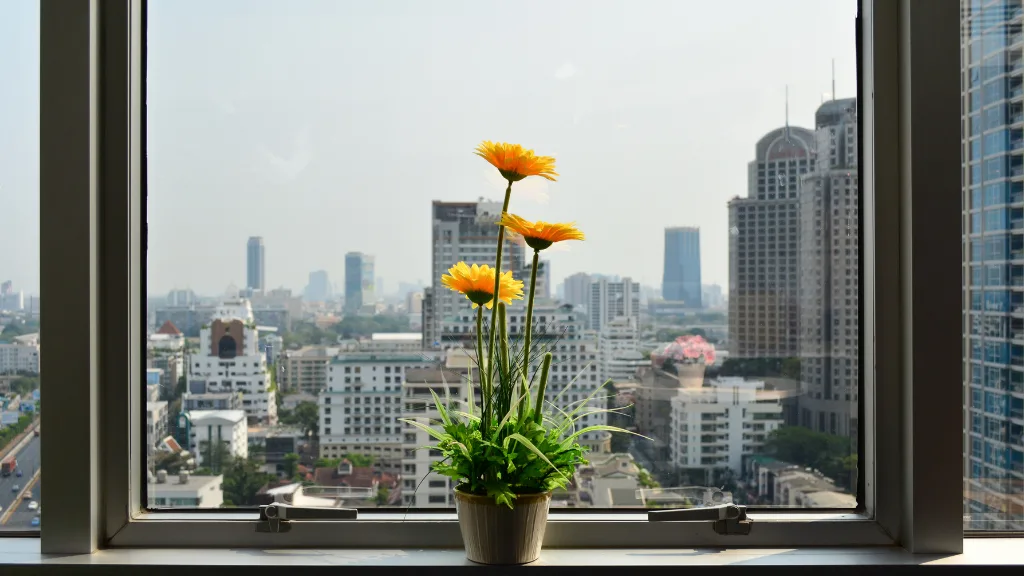
Additional Tips and Considerations
When dealing with black mold on your windowsills, it’s important to ensure that you are not only cleaning the mold but also preventing future mold growth. Here are some additional tips and considerations to keep in mind during the process:
- Address the root cause: Although cleaning the mold off your windowsills is crucial, it is equally important to address the root cause of the mold growth. This often involves dealing with excess moisture or humidity in your home. Identifying and fixing any leaks or improving ventilation can help prevent mold from returning.
- Ventilate the area: When cleaning moldy windowsills, make sure the area is well-ventilated to avoid inhaling mold spores. Open windows and doors, or use a fan to ensure adequate airflow during the cleanup process.
- Use caution with soapy water: While cleaning with soapy water can help remove mold spores, be cautious of adding too much moisture to the area. Over-saturating the windowsill with water can actually promote further mold growth. Instead, use a damp cloth or sponge with a solution of water and soap to gently clean the affected area.
- Dispose of materials properly: After cleaning up the mold, place any used sponges, rags, or other materials in a sealed garbage bag to prevent the spread of mold spores. Dispose of the garbage bag promptly and wash your hands thoroughly.
- Caulk and seal windows: After cleaning the mold and addressing the underlying cause, be sure to caulk and seal your windows to prevent further moisture intrusion. This can help keep your windowsills mold-free and maintain a healthier home environment.
- Watch out for musty odors: Even after cleaning mold, a musty odor may still linger. This could indicate that mold is present elsewhere in your home. Investigate further to ensure all mold issues are addressed.
- Use a primer before repainting: If you decide to repaint your windowsills after cleaning the mold, use a mold-resistant primer to help prevent future mold growth. This can create an additional barrier against mold development on the surface.
By following these additional tips and considerations, you can effectively clean mold from your windowsills and prevent future growth. Remember to address the root cause, ventilate the area, use caution with soapy water, dispose of materials properly, caulk and seal windows, watch out for musty odors, and use a mold-resistant primer when repainting.

